More importantly, what type of plastic can you trust? In this comprehensive guide, we delve into Tritan plastic—a material that has been garnering attention for its unique features, including being BPA-free and dishwasher-safe.
Thanks to its strength clarity, and other attributes listed below, Tritan is a favorite material for food and beverage containers.
We will explore its chemical composition, advantages, and how it stacks up against other types of plastics. Read on to make an informed decision about the products you use and their impact on environmental health perspectives.
What is Tritan plastic?
Tritan plastic is a high-performance, BPA-free plastic that is widely acclaimed for its toughness and clarity. Unlike traditional polycarbonate plastics that may contain harmful bisphenol compounds, Tritan is free from any endocrine-disrupting chemicals.
Developed with advanced polymer technology, this plastic variant is engineered for robustness and can resist impacts, extreme temperatures, and long-term use.
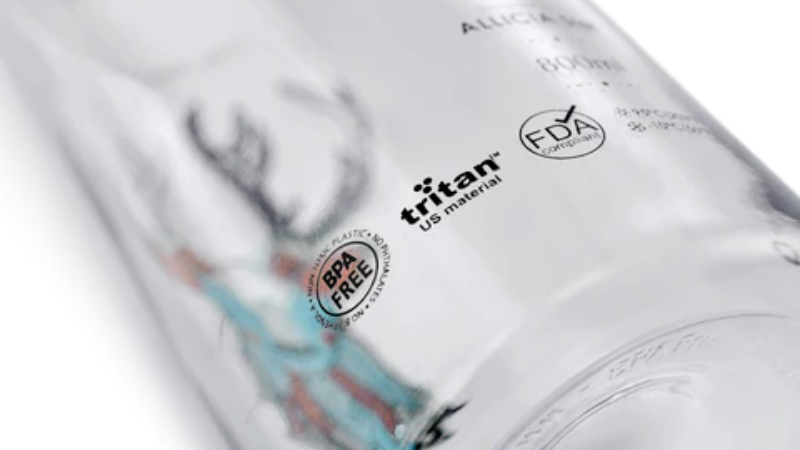
Tritan plastic is still pretty new and has only been out on the market for about two decades now. It was first created by Eastman Chemical Company in 2002 and is now used by brands like Vitamix and Nalgene as a replacement for traditional plastic products like water bottles and blenders.
One of the key controversies surrounding Tritan plastic is the conflicting research and legal battles between Eastman Chemical Company and researchers who claimed that Tritan leached synthetic estrogens.
Now, The plastic has been reviewed by the Food and Chemical Toxicology journal and is certified by the Environmental Protection Agency, making it a trusted choice for a variety of applications, from water bottles to food storage containers.
It stands out as a safer alternative, posing no risk of leaching estrogenic chemicals into food or beverages.
The Chemical Composition of Tritan Plastic
Tritan plastic is a copolyester made from a blend of monomers and polymers that do not contain bisphenol compounds like BPA. This sets it apart from other polycarbonate plastics, which often incorporate harmful elements.
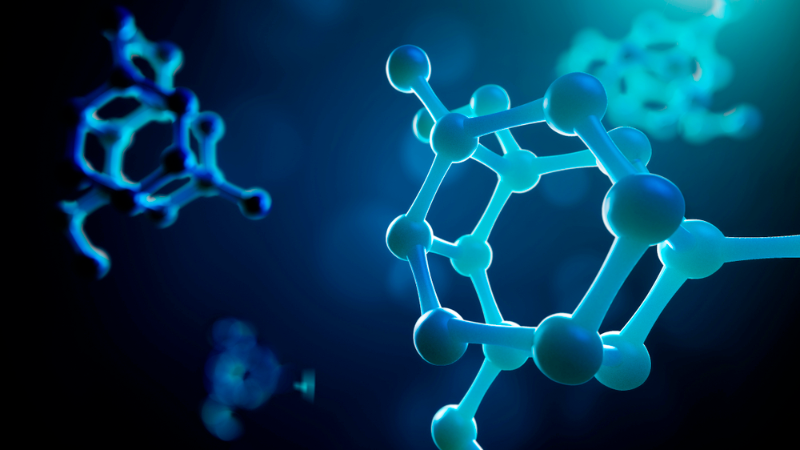
The unique chemical composition of Tritan gives it a balance of properties that are ideal for BPA-free plastics, such as estrogenic and androgenic activity resistance.
Although the specific blend of monomers is proprietary, the resultant plastic has been rigorously tested and scrutinized by various institutions.
According to Food and Chemical Toxicology reports and Environmental Protection Agency guidelines, Tritan plastic exhibits no endocrine disruptors or estrogenic or androgenic pathways.
It won’t harm human health, thereby making it a preferred material for consumer products such as food and beverage containers, kitchenware, and other items that may come into direct contact with food.
Send Your Inquiry Now!
Quality Meets Affordability. Inquire Now for High-Quality Products at Low Volumes.
Features and Benefits of Tritan Plastic
Tritan plastic comes with a multitude of advantages, making it an ideal material for a wide range of applications. Some of its key features include:
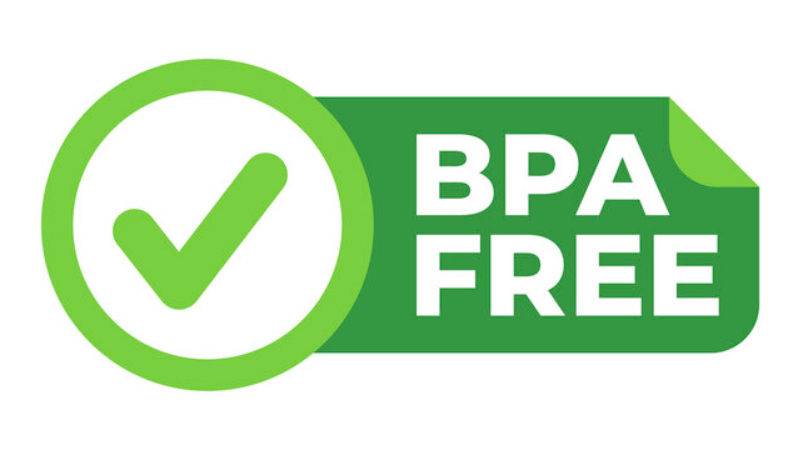
- BPA Free: One of the primary benefits of Tritan plastic is its BPA-free nature, which makes it safe for storing food and beverages. This alleviates the concerns related to endocrine-disrupting chemicals.
- Dishwasher Safe: Tritan has exceptional dishwasher durability. Tritan plastic dishwasher-safe characteristics mean that the material maintains both its physical properties and visual clarity even after repeated wash cycles.
- High Temperature Resistance: Tritan plastic can withstand high temperatures, making it perfect for applications that require durability under varying thermal conditions.
- Chemical Resistance: Its unique chemical composition enables Tritan to resist degradation and discoloration when it comes into contact with other bisphenol compounds or harsh chemicals.
- Environmental Health Perspectives: Tritan plastic is highly sustainable and can be recycled, aligning with growing environmental health perspectives.
- Free of Estrogenic Activity: Comprehensive testing has shown that Tritan is free of estrogenic activity, which adds an extra layer of safety, particularly when used in food storage containers and water bottles.

Its unique properties make Tritan plastic a highly sought-after material for environmental protection agency-approved products and those looking for high-performance sealing solutions.
What Kinds of Products Are Made From Tritan Plastic?
Tritan Is strong, shatterproof, heat resistant, and chemical degradation. Beyond its visual qualities, we know Tritan for its exceptional durability and shatterproof nature.
It can resist accidental drops, impacts, and the rigors of daily life without the risk of breaking into sharp, hazardous pieces, making it a safe and reliable choice for various applications.
Versatile Tritan Products
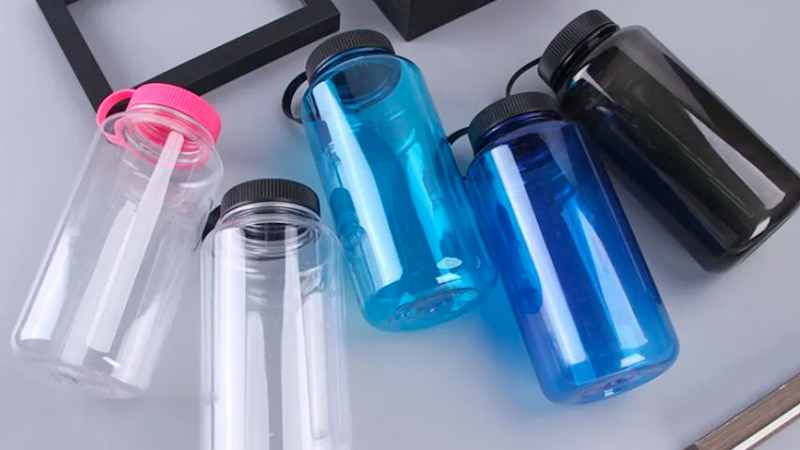
Tritan endures more than 250 cycles with no sign of crazing or breakage. From water bottles to food storage containers, Tritan plastic is widely used in the production of various household items. It’s also impact-resistant, making it a popular choice for creating durable and attractive products.
1. Water Bottle
Tritan plastic is commonly used in the manufacturing of water bottles. Tritan is tough — extending the useful life of reusable bottles, potentially reducing waste.
Tritan exhibits superior durability, making it a better choice for reusable bottles that can withstand everyday wear and tear. With Tritan’s bisphenol-A-free composition, consumers can enjoy their beverages without worrying about harmful chemicals leaching into their drinks.
2. Food and Beverage Containers
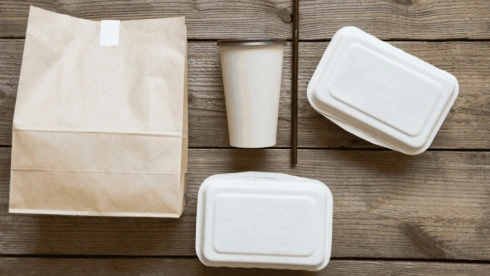
Food and beverage containers made from Tritan plastic provide an excellent solution for keeping leftovers fresh.
The material’s high-temperature resistance allows these plastic food containers to be safely used in food contact applications such as microwaves and dishwashers, making them incredibly convenient for everyday use.
3. Baby Bottles and Sippy Cups
Safety is paramount. Tritan plastic offers a reliable option for baby bottles and sippy cups due to its durability and non-toxic nature.
Parents can rest assured knowing that their little ones are using bisphenol-A-free products that won’t compromise their health.
Diverse Applications
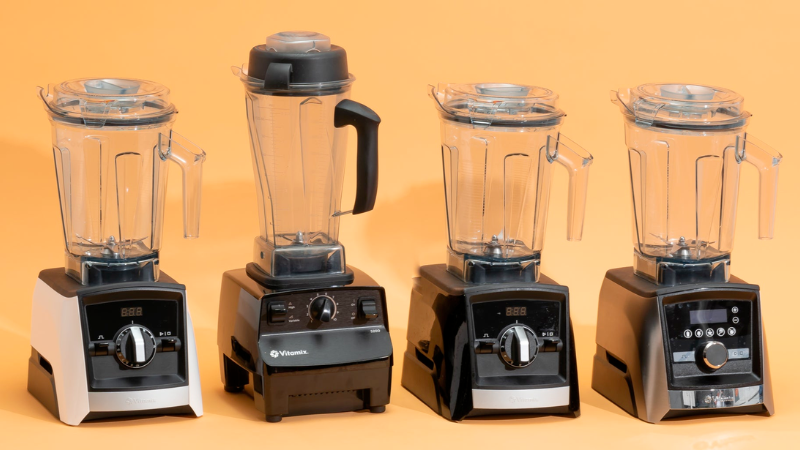
Manufacturers embrace Tritan plastic due to its versatility, enabling them to create an array of innovative products across different sectors.
1. Kitchen Appliances
Blender jars made from Tritan plastic are highly sought after by cooking enthusiasts who value both functionality and aesthetics. The material’s ability to withstand high-speed blending while maintaining clarity ensures optimal performance with a touch of elegance.
2. Medical Devices
Tritan plastic plays a crucial role in medical device manufacturing. Its biocompatibility and resistance to harsh chemicals make it suitable for a wide range of medical applications, including surgical instruments, drug delivery systems, and diagnostic equipment.
Send Your Inquiry Now!
Quality Meets Affordability. Inquire Now for High-Quality Products at Low Volumes.
Tritan Compare to Other Plastics
We all use plastics in our daily lives; it’s almost inevitable given their undeniable advantages. But here’s the thing: not all plastics are created equal, and that’s where Tritan comes into play.
So, what makes Tritan stand out from these other types of plastic? When considering the wide range of plastics available in the market, Tritan stands out for several key reasons. To better understand its advantages, let’s compare it with some common types of plastics:
| Features/Types | Tritan Plastic | Polycarbonate (PC) | Polyethylene (PE) | Polypropylene (PP) | Polyvinyl Chloride (PVC) |
|---|---|---|---|---|---|
| BPA Content | BPA-free | Often contains BPA | BPA-free | BPA-free | Varies |
| Optical Clarity | High | High | Low | Low | Low |
| Temperature Range | Wide | Moderate | Moderate | Moderate | Moderate |
| Chemical Resistance | High | Moderate | Moderate | High | Moderate |
| Rigidity | High | Moderate | Low | Moderate | Varies |
| Food Safety | Suitable | Less Suitable | Suitable | Suitable | Less Suitable |
| Environmental Impact | Low (BPA-free, no endocrine activity) | High (potential endocrine activity) | Low | Low | High (potential chlorine release) |
| Flexibility | Moderate | Low | High | High | High |
| Heat Resistance | High | Moderate | Low | Moderate | Moderate |
This table makes it easier to compare Tritan plastic with other plastics, helping you make an informed decision based on features like BPA content, chemical resistance, and more.
Is Tritan Plastic Safe?
The safety of Tritan plastic has been the subject of extensive research and testing, especially given that it is commonly used for food and beverage storage containers.
In the case of Tritan plastic, its “resin identification code” (the number in the triangle on Tritan products) is 7. Tritan plastic is marketed as being BPA-free, meaning it does not contain Bisphenol A, a chemical commonly found in plastics that has been linked to various health concerns.
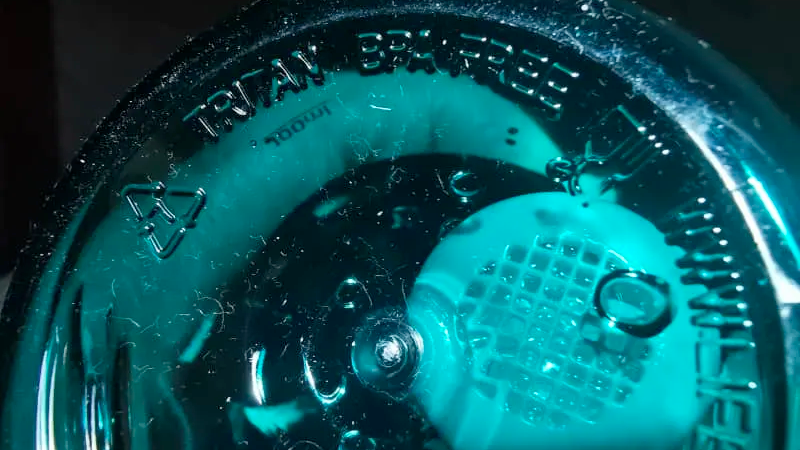
According to studies published in journals like Food and Chemical Toxicology and Environmental Health Perspectives, Tritan plastic has been generally shown to be free of endocrine-disrupting chemicals.
This means that Tritan doesn’t mimic hormones like estrogen and androgens in the body, unlike some other types of plastics. The Environmental Protection Agency (EPA) also provides guidelines for plastic materials, and Tritan has been reported to meet these safety criteria.
However, it’s crucial to note that while Tritan plastic is considered safe for food and beverage storage under typical conditions, extreme conditions like very high temperatures might affect its integrity.
Therefore, it’s essential to follow manufacturer guidelines, such as whether your Tritan plastic product is dishwasher-safe, to ensure its longevity and maintain its safety profile.
Send Your Inquiry Now!
Quality Meets Affordability. Inquire Now for High-Quality Products at Low Volumes.
Environmental Impact of Tritan Plastic
The environmental impact of Tritan plastic is a critical factor to consider, especially in the context of increasing global awareness about sustainability and plastic waste.
While Tritan plastic offers many advantages, including durability and chemical resistance, it is important to examine its long-term effects on the environment.
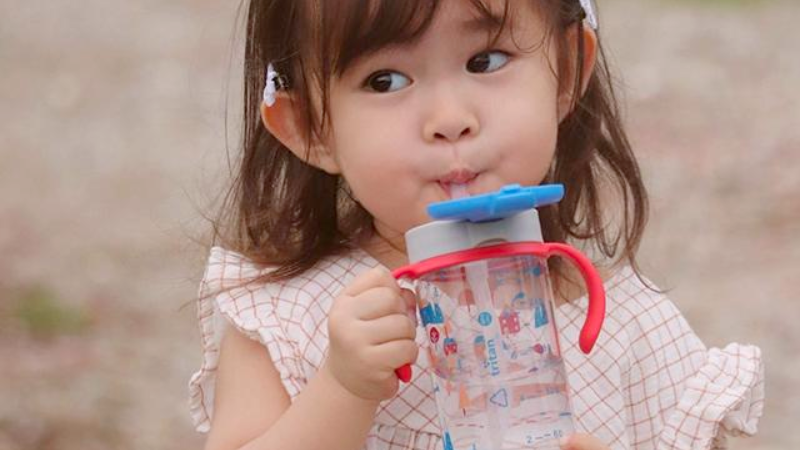
Tritan plastic is not biodegradable, meaning it will not naturally break down in the environment. This poses a challenge when it comes to disposal and contributes to the growing problem of plastic waste.
However, it is recyclable under certain conditions and in specific recycling facilities that accept this type of plastic. Unfortunately, it’s worth noting that not all municipal recycling programs may accept Tritan, so you’ll need to check your local regulations.
However, because it’s not as common as other traditional plastics, recycling it is more difficult. There is ongoing research to explore whether Tritan plastic can be made from recycled materials or if it can be more easily integrated into existing recycling streams.
Meanwhile, companies using Tritan are encouraged to develop recycling programs and take-back schemes to minimize waste.
Debunking Myths: Separating Fact from Fiction about Tritan Plastic Safety
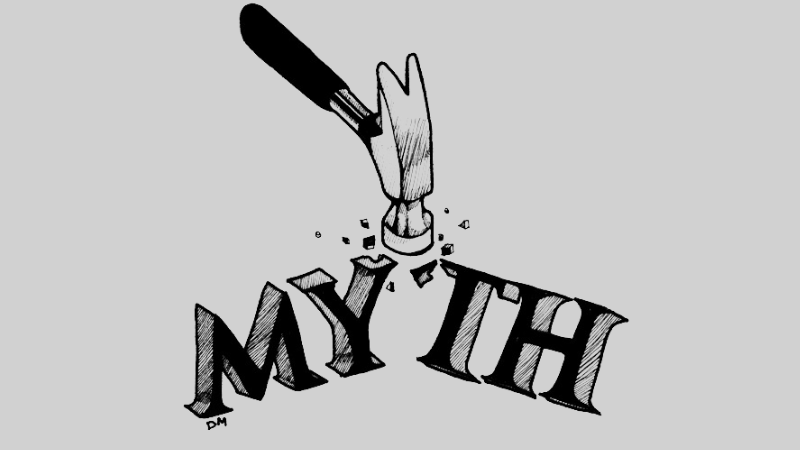
The topic of Tritan plastic safety often generates debate and is surrounded by myths and misconceptions. Some common myths include:
Myth 1: Tritan is Just a Marketing Gimmick to Sell Expensive Products
Fact: Tritan plastic is a high-performance material developed based on scientific research. Its chemical composition provides unique features like high durability and chemical resistance, distinguishing it from cheaper plastic alternatives.
Myth 2: Tritan Plastic’s Lack of Estrogenic Activity Means It’s Free from All Endocrine Disruptors
Fact: While Tritan is free from estrogenic activity, comprehensive studies evaluating its potential interaction with other hormonal pathways, such as estrogenic or androgenic pathways, should be considered. However, current research generally supports its safety.

Myth 3: Tritan is Immune to Air Bubble Formation and Seal Failure
Fact: Like all materials, Tritan plastic has limitations. While it offers excellent resistance to air bubble formation and seal failure, extreme conditions could potentially cause issues.
Myth 4: Tritan Plastic is Safe for All Types of Acids and Bases
Fact: While Tritan plastic does offer improved chemical resistance, it is not universally resistant to all kinds of harsh chemicals. It’s essential to consult the manufacturer’s guidelines for the specific types of chemicals that should not be stored in Tritan containers.
Myth 5: Tritan Plastic is Expensive Because It’s Overengineered
Fact: The cost of Tritan plastic is a reflection of its high-quality chemical composition and the rigorous testing it undergoes. It offers high-performance sealing solutions, durability, and safety, which often justify its cost.
Send Your Inquiry Now!
Quality Meets Affordability. Inquire Now for High-Quality Products at Low Volumes.
Conclusion
Tritan plastic has emerged as a versatile, durable, and generally safe alternative to other plastic materials. It’s widely used in a variety of applications, from food storage containers to water bottles, and offers significant benefits, such as being bisphenol-A-free and dishwasher-safe.
Understanding Tritan plastic more comprehensively can guide you in making informed decisions for your specific needs.
Get Premium Quality Tritan Plastic Products from Hongju
If you’re looking for high-quality, durable, and bisphenol-A-free plastic products, look no further.
At Hongju, we offer a wide range of natural materials and products such as food containers and drink bottles that are made from Tritan plastic, ensuring safety, reliability, and performance.
Don’t compromise when it comes to quality and safety; choose Hongju for your next purchase and experience the best of what Tritan Plastic has to offer. Contact us today to explore our range and find the perfect fit for your needs.